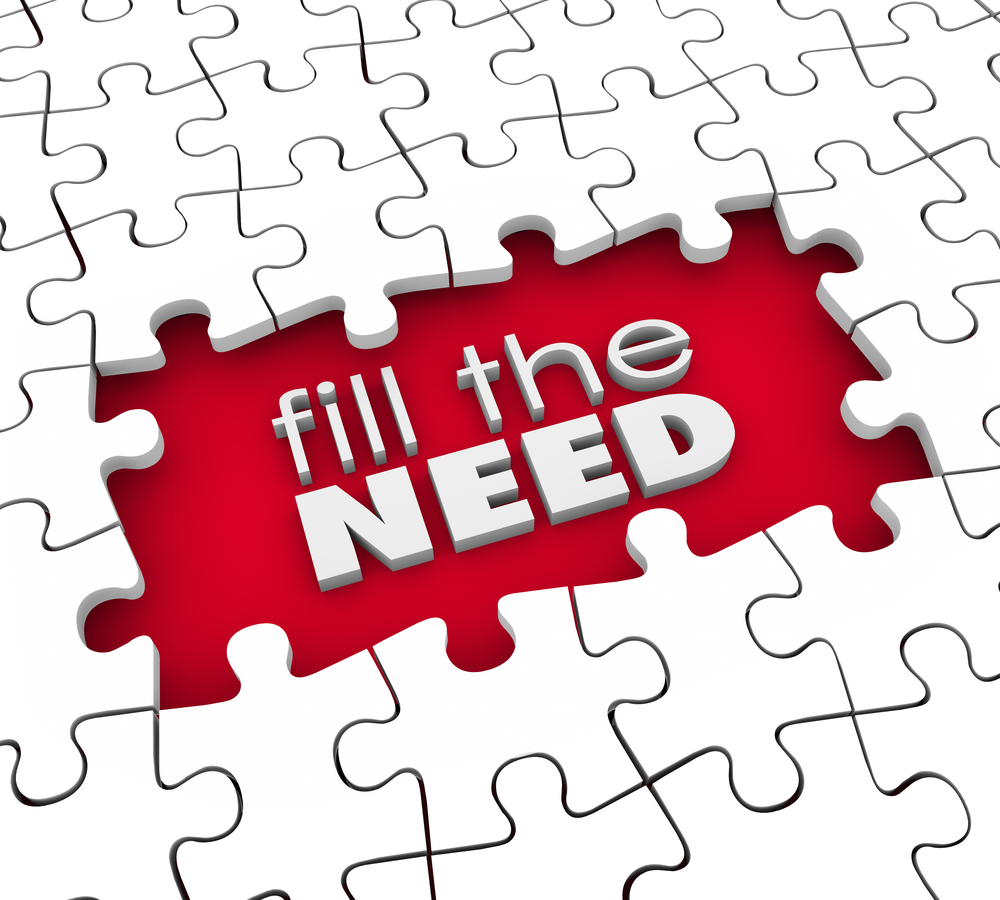If you’re running paid media of any sort (Facebook, TV, affiliates, direct mail, or otherwise), you have to understand one thing above everything else: the value of a customer. It is crucial to help you manage media. The lesser-considered discussed but equally important benefit of having a customer LTV model is that it helps to identify key points of leverage in your business and where to direct resources for testing and optimizing.
In this video, I walk through the customer LTV model (aka, the margin model or the unit economics model). Regardless of your understanding and use of the model, my goal is that you will learn something new and approach it in at least a slightly different way than before.
As always, please let me know if you have any questions or comments.



